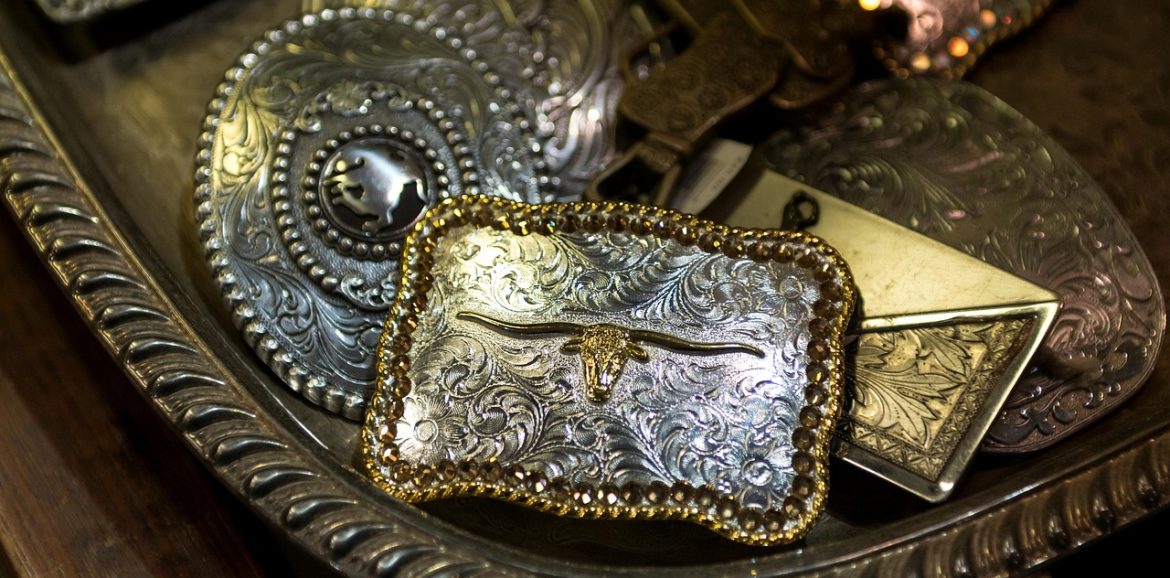When Junior Nogueira, a Brazilian professional rodeo cowboy who started as a team roper in 2014, earned the All-Around PRCA National Finals in 2016, he was in complete awe not just of the cool millions he earned in the circuit throughout the year but also of the massive belt buckle he was awarded.
Back home in Brazil, Nogueira was used to winning cars, motorcycles, and cash, but the PRCA belt buckle was something that he always wanted to wear. Nogueira is not the only professional rodeo cowboy for whom the buckle meant everything. In 2011, Kurt Manke won the PRCA saddle bronc world championship, and he told the North Dakota Rapid City Journal that he was not as interested in the money as much as he wanted to continue winning gold buckles past the age of 50.
When competitive and organized rodeos started in late 19th century Colorado, cowboys did not wear buckles unless they were veterans of the American Civil War. The military buckle tradition came from Europe, where soldiers were expected to look sharp as they headed into battle; depending on their units, soldiers were issued large buckles made of brass and engraved with heraldry insignia and markings.
Officers were issued more elaborate buckles made of gold and wearing them at parades after the war became a tradition.
When Buckles Turned From Functional to Fashionable
Civil war veterans who kept their military belts found them to be very practical, and this included cowboys. Once Levi Strauss started mass-producing dungaree jeans with belt loops, cowboys gave up on wearing suspenders because belts and buckle technology became more functional.
At the first organized rodeos in the United States, competitors wore functional belt buckles. For the most part, military units also switched to functional buckles with one exception: the U.S. Army Cavalry, which stuck with European tradition and maintained large and ornate buckles that later incorporated heraldry elements evoking Western culture.
These leather belts and their buckles would later be turned into gunbelts complete with holsters and ammunition pockets. The sharp buckles worn by the Texas Rangers inspired saddle makers out West to craft fashionable buckles that rodeo cowboys wore during balls and social events along with dressy cowboy boots, but not when competing.
Hollywood and the Advent of the Massive Cowboy Belt Buckle
There is no question about large and elaborate belt buckles being a Western tradition; after all, they were officially awarded at professional rodeo events at the San Francisco Cow Palace in California starting in 1920. Awarding buckles to rodeo cowboys made perfect sense because they were already being worn by Cavalry veterans and former Texas Rangers; furthermore, saddle makers were crafting buckles for Hollywood cowboys such as Tom Mix and Gene Autry.
The Hollywood formula for cowboy belt buckles boiled down to the heroes wearing the best looking ones. Silversmiths took notice and took over from saddle makers; this is when the handmade buckle revolution started and began to get extravagant with precious metals and jewelry.
Flashier buckles would hit peak design level by the time country music rebel David Allan Coe recorded The Mysterious Rhinestone Cowboy album in 1974. These days, the most coveted buckles are those awarded by the PRCA, but it is perfectly fine to wear buckles inspired by Western motifs.

